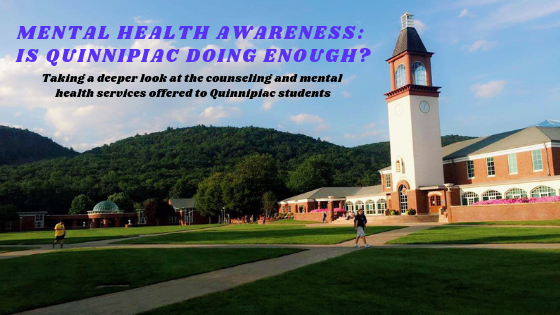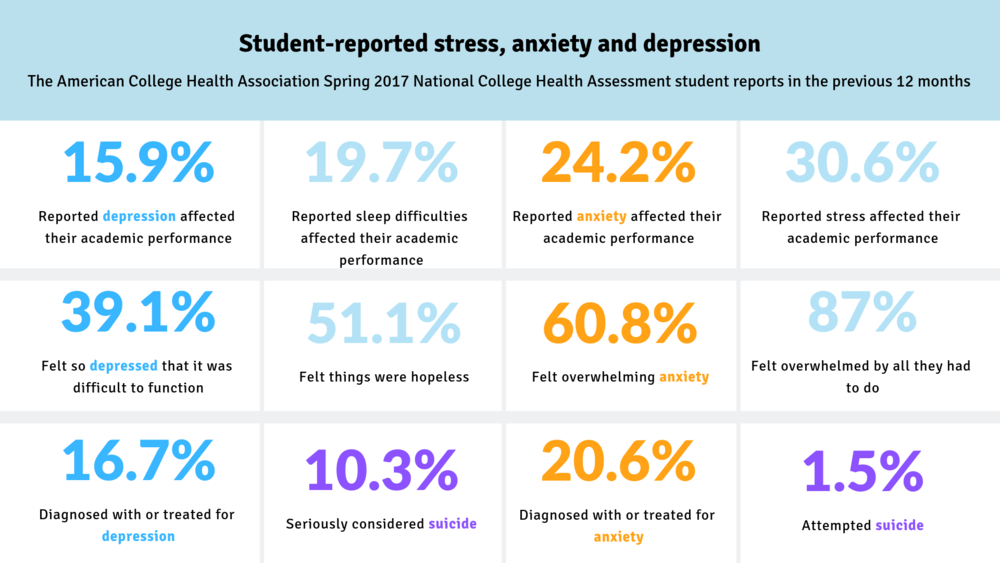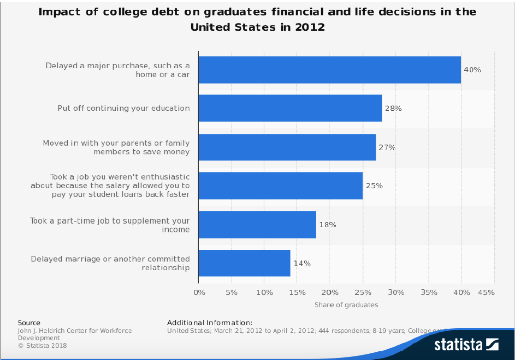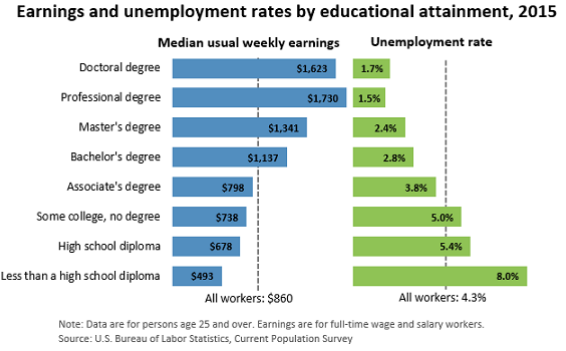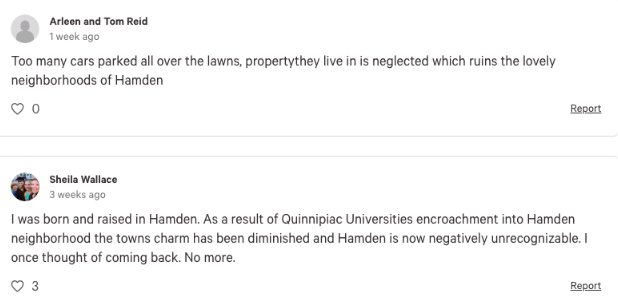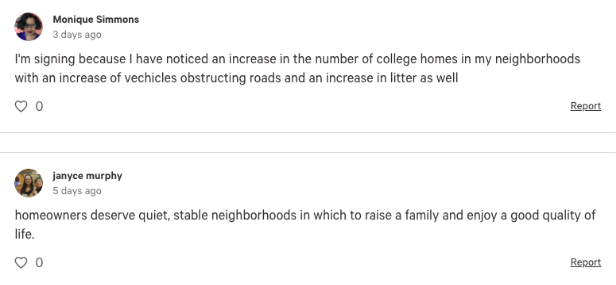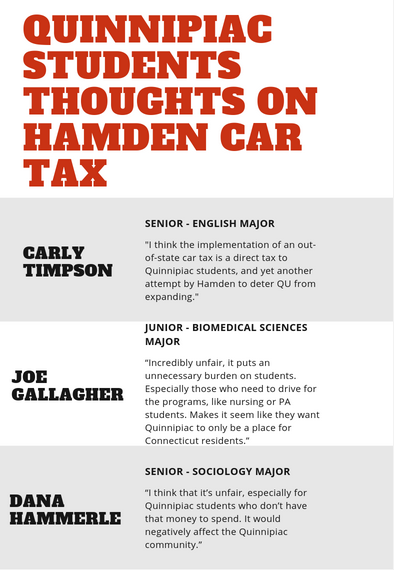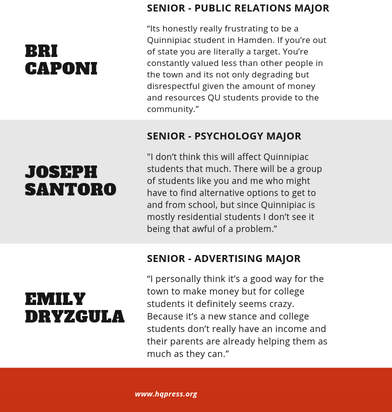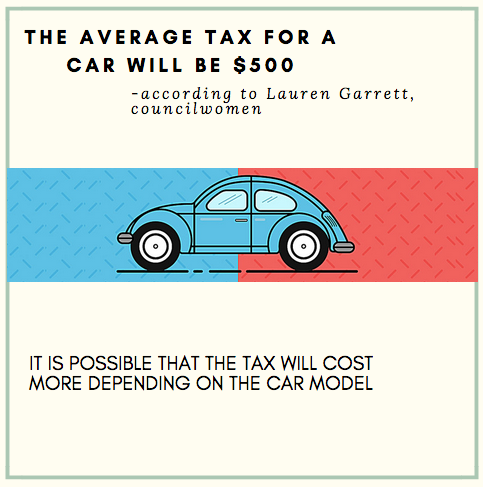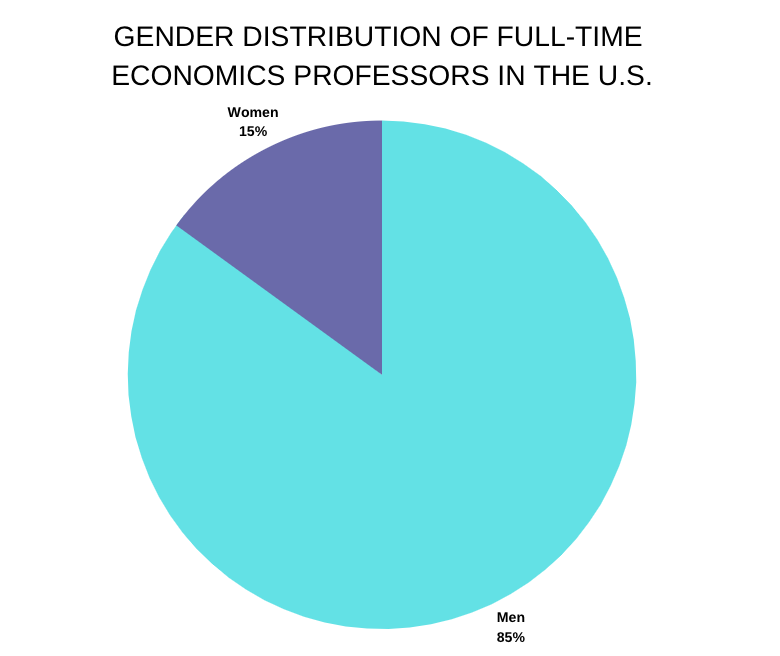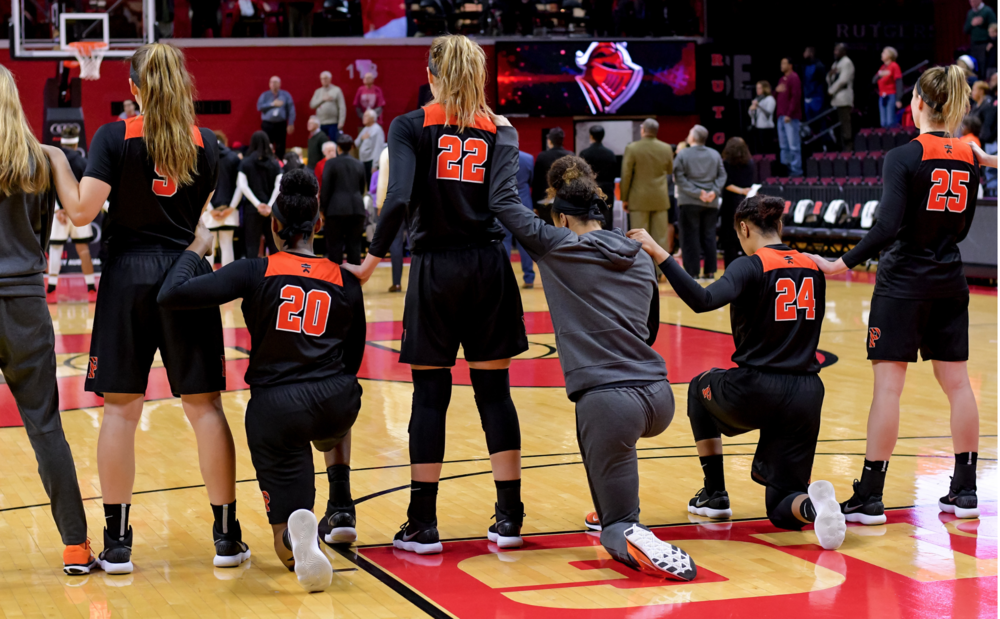
Quinnipiac University dominates the town of Hamden, Connecticut, and as the students transition into the Quinnipiac community they also transition into Hamden. While Quinnipiac University provides housing for students from freshman year to senior year, many students choose to move off campus into residential areas after finishing their sophomore year.
Friends who met freshman year in residential halls such as Irma, Dana, Mountainview and Troup join larger groups to move into off- campus properties. The students begin to intermingle with the residents of the Hamden community, but sometimes the mix is more like oil and water.
Hamden townie, Michele Veiga, 52, Hamden, signed the petition in hopes to make a change to the town she once knew. “Student housing is an issue that will cause us to leave the home we have loved and living in for over 18 years,” said Veiga. “The town needs to realize and appreciate the long term residents, not the four -year ‘here-today-and-gone-tomorrow’ attitudes of the students that is obvious with student housing.”
“Unkempt properties, disregard for family neighbors, pressure should be put on Quinnipiac to provide and enforce student housing,” said Veiga.
The relationship between Hamden and Quinnipiac University has run hot and cold for years and there is now hope that there is a chance to fix it. As the University plans to build a new dormitory on the York Hill campus, the main focus before this groundbreaking addition is finished is to rehabilitate the sometime sour relationships between Hamden and Quinnipiac students living together in these townie neighborhoods, and it won’t be easy.
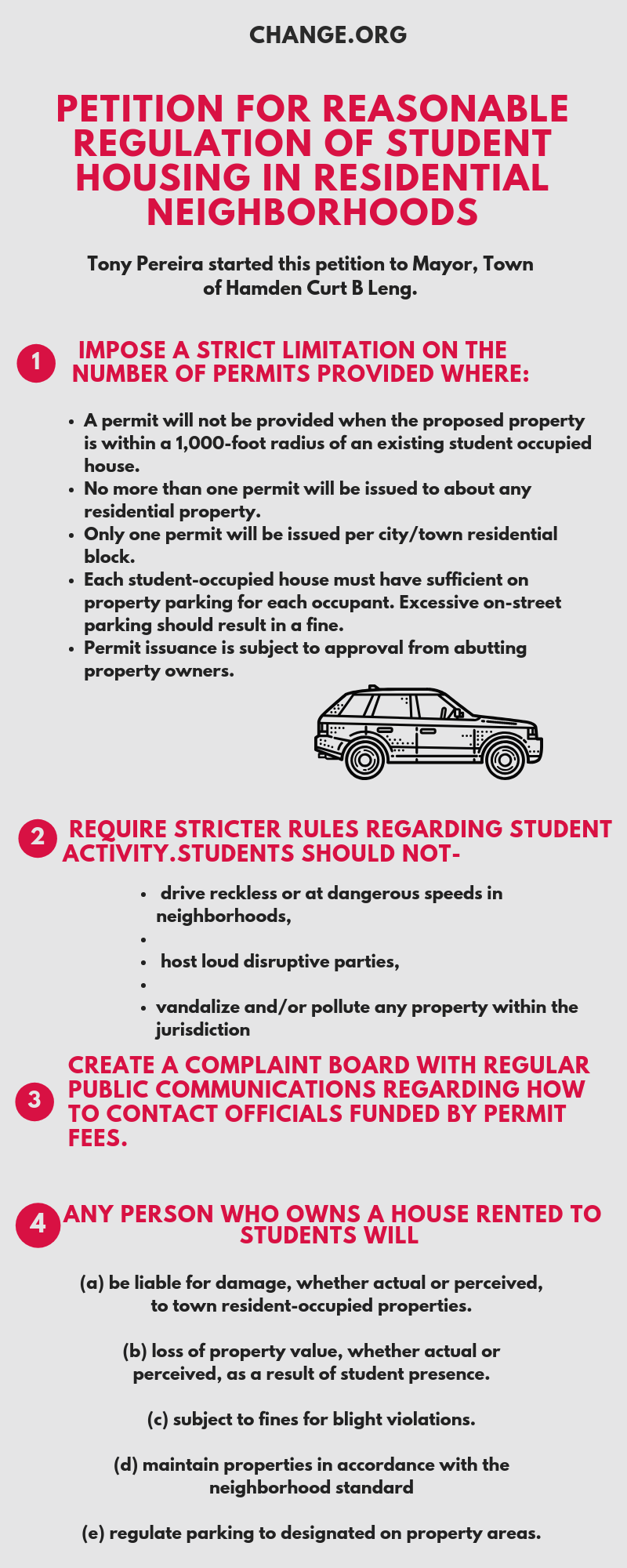
Change.org Petition
Hamden residents such as Tony Pereira have created petitions on change.org in hopes of creating reasonable regulations of student housing in residential neighborhoods.
The goal of the petition is to have 500 residents sign in order to get the attention of Mayor Curt Leng. As of December 12th, 295 residents have signed the petition requesting reasonable regulations for the Town of Hamden.
The regulations that Hamden townies are hoping to pass include imposing strict limitations on the number of permits for student regulations, “A permit will not be provided when the proposed property is within a 1,000 foot radius of an existing student occupied house,” said Pereira. Hamden residents signing the petition want their neighborhoods back and are looking to require stricter rules regarding student activity.
Past Hamden resident Sheila Wallace, Hamden, signed the petition saying, “I was born and raised in Hamden, as a result of Quinnipiac Universities encroachment into Hamden neighborhoods the towns charm has been diminished and Hamden is now negatively unrecognizable,” said Wallace. “I once thought of coming back, no more.”
Tony Pereira updated his statement on Change.org stating, “Thank you everyone for signing, a Quinnipiac person reached out to me, but I’m not getting talked out of this” said Pereira. “We need regulation to protect taxpayers. Keep up the good work and keep sharing and encouraging friends, family and neighbors to sign, share and help make Hamden a town of family neighborhoods again.”
Senior, public relations major Heather McCluskey lived on York Hill during her second semester of junior year after returning from the QU in LA program. She made plans with her closest friends to move off campus into a property that has been passed down over the years to successive members of her sorority, Alpha Chi Omega.
Her house is off of Whitney Ave and is one of two houses, each housing six sorority women, on a single lot. Their relationships with their neighbors on either side couldn’t be more different. To the right side of the house is the landlord’s mother who is said by McCluskey to never to have a problem with the individuals who have lived in the house over the past years. But the same cannot be said of the neighbor to the left of the houses.
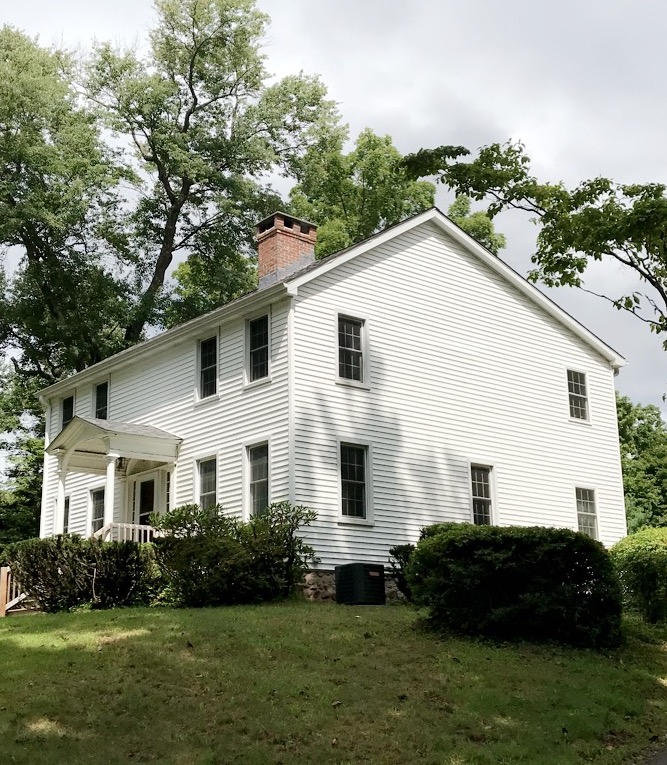
Heather McCluskey’s house off of Whitney Ave
“We have a really mean neighbor who loves to call the cops on us,” said McCluskey, 21, of Scituate, Massachusetts. “Sometimes he watches us from his backyard and if we have a few friends over he tries to bust us when we aren’t even doing anything wrong.”
McCluskey said that she and her roommates mind their own business and try not to cause issues with their townie neighbors.
“We had a larger party in the day time and even notified the Hamden police and they gave us the ‘okay’ as long as we were being respectful with the music level and make sure we were not littering,” said McCluskey. “It wasn’t until the party was almost over that the police showed up and they said it was our neighbor who called over 20 times for different complaints,” she added.
Over the past five years there have been over 2,000 “loud party, loud music”calls made to the Hamden Police Department, said the Hamden Police Records Department. Student occupied houses in residential areas such as washington ave, whitney ave, evergreen, and dixwell are among the call list.
Some students such as McCluskey take precautions, such as notifying the police before they have large gatherings or introducing themselves before the school year starts. They have attempted to build relationships.

McCluskey believes that with communication and stopping yourself from prejudging a person the relationship between Quinnipiac students and Hamden residents could be strengthened.
“I think that there is a negative stigma with Quinnipiac students living in residential neighborhoods because since we are in college everyone thinks that we want to have loud parties and disrupt everyone around us,” said McCluskey. “If you live in a residential neighborhood you have more responsibilities to be courteous to your neighbors, and the second you break the relationship with your neighbors they have the right to not be happy with you.”
Professors who live in Hamden and teach at Quinnipiac experience another kind of conflicted relationship. As professors they are capable of forming deep and lasting relationships with students. Hamden residents can not form these relationships when Quinnipiac students become their neighbors.
Professors such as Kenneth Venit, who teaches first year seminar, know first hand what it is like to form unbreakable relationships with students while at the same time wanting to avoid being their neighbors.
“We had a Quinnipiac house on our block years ago, all coeds, there were lots of parties and loud music,” said Venit. “ Hamden Police Department was familiar with that house.”
While Venit has had conflicts in the past with his student neighbors, his daughters have Quinnipiac students living in their Hamden neighborhoods, said Venit, and they have not experienced any problems.
“I have attended a citizens association and two town planning and zoning meetings where Quinnipiac was the topic, attending as a taxpayer and as a Quinnipiac employee,” said Venit. “There was clear hostility present.”
“Some years back we were looking at houses in Hamden for a possible relocation,” said Venit. “We found a nice ranch but a house occupied by Quinnipiac students was too close for comfort.”
Senior journalism major Kirby Paulson, 21 of Boston, Massachusetts. is also among the thousands of Quinnipiac University students that choose to live off campus their senior year. His relationship with his Hamden neighbors is untarnished.
“Our relationship is seemingly pretty good,” said Paulson. “We don’t really interact too much beyond occasional small talk and waves via passing by, but they seem like good people.”
He believes that living in the Hamden community has prepared him for living in other residential areas after graduation. After leaving the hustle and bustle of campus life he enjoys the calming environment that his Ferguson Road house provides him.
“I actually love living in the neighborhood that were in,” said Paulson. “It’s really quiet and low key, we haven’t had any issues with the neighbors and its nice to be in a place where we feel welcome.”
While other students such as McCluskey struggle to keep a healthy relationship with their neighbors, Paulson believes that you can’t say that the relationship between Hamden and Quinnipiac is completely bad.
“The relationship between students and residents runs on a case-by- case basis,” said Paulson. “Some pairs get along well, maybe others not so much. I’m not sure there’s a cookie cutter mold for that.”
Senior Gianna Vassallo, 21 Monroe, New Jersey, lives in a Aspen Glen an apartment complex in Hamden that is populated by majority Quinnipiac University students.
“I feel like most Hamden residents aren’t fond of Quinnipiac students even though I personally think that we respect Hamden and try no to disturb the peace,” said Vasallo. “In my apartment complex it doesn’t seem that Hamden residents have a problem with living in the same complex as Quinnipiac students.”
Senior Marketing major, Sydney Kenyon, 21, Lynnfield Mass, does not have a relationship with her neighbors.
“They have called the police on us once for being too loud”, said Kenyon. “We just try to make as little of a disturbance as possible.”
“I can see how Hamden residents could get frustrated with college students, especially if they have children,” she said. “ It may be hard to implement but if there was a designated area of Quinnipiac off campus for student housing that could be away from resident houses, things could be different.”
It is clear that Quinnipiac University and the town of Hamden need to become better dance partners. Relations with other universities and the town they reside in have taken time to grow, for example the relations between Penn State and State College.

In 2017, Bloomberg named State College as the #2 destination to live in the US with the upside of Silicon Valley. Part of easing the struggle between the two meant breaking the tradition of only hearing from one another when something went wrong.
Resident Assistant Abby McCarthy, comes from a college town back in Massachusetts. “At home the relationship between the town of Westfield and Westfield State University is not as bad as the relationship between Hamden and Quinnipiac,” said McCarthy. “I think in general most of the residents are thankful to have the university in our community because it offers so much to the town.”
“There is a lot of collaboration between the two and that cannot be underestimated,” she said. “If Quinnipiac where to focus on more collaboration with the community of Hamden I think relations would change for the better.”
